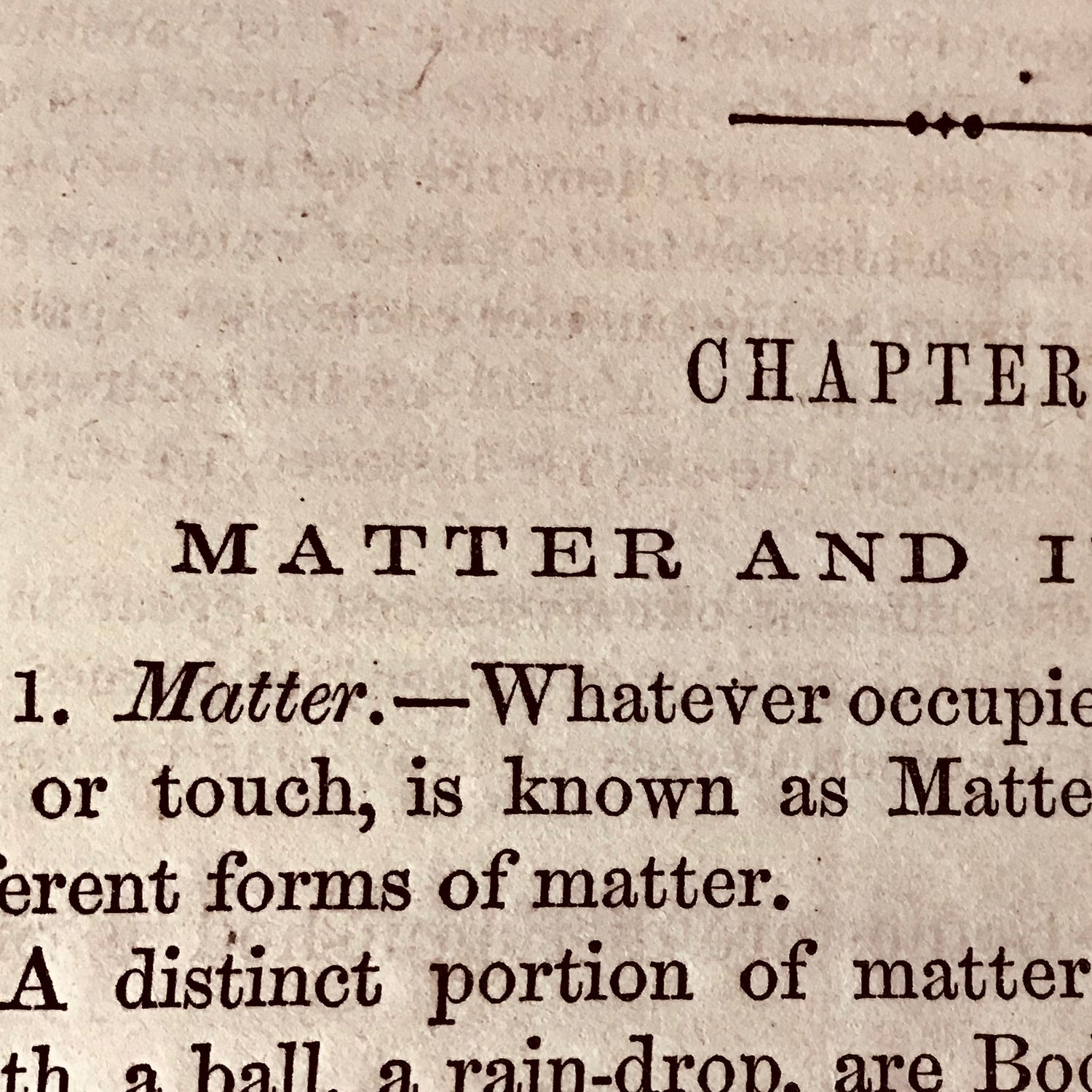Who says we can't read minds? The ancients, the artists, the the alchemists, the writers....all have things to tell if you are reading the minds of the writers. It is the work of an artist unlocking not so much a secret, as the hidden realm of artists.
Babette's Feast is a short story told in 45 small pages. It is one of five short stories in the book titled Anectdotes of Destiny.
In her book Karen Blixen, aka Isak Dinesen, offers us a seat at the table of understanding. She feed us spiritually through the story of Babette, a celebrated French chef who fled her country during events in France, the Paris Commune in 1871. Babette, a Communard, became a refugee in a tiny town at the foot of the mountains in Norway.
Babette did not die in France as her husband and son did, she transitions instead not to afterlife but to another life. An esteemed artist of haute cuisine becomes house servant and cook for two elderly sisters carrying on the ministry of their father. The small community in the foreign land is impoverished, void of spirit, void of passion.
A pendulem has swung to the far side of balance.
Near the end of the story we read the words of a character voicing the realizations that can come only after a long life, he says:
"See! That which we have chosen is given us, and that which is refused is, also and at the same time granted us."
Of course to grasp the words without reading the story is difficult. But if one reads this story, or has lived a story, then these words may be interesting.
Though the ingredients of her life were vastly different living with the sisters, and haute cuisine was was replaced by bland and meager meals, she would daily bring the taste of life and vitality to the unconscious hunger of a lost congregation.
Time passes and characters evolve on the pages. We see more in depth into the past of the sisters and the community, but the story of Babette remains unknown to the villagers. One day news of a lottery ticket comes to Babbette, and she receives 10,000 franc.
There is a feast and a reconciliation of famine follows.
"Mercy and truth, my friends, have met together." Said the General. "Righteous and bliss shall kiss one another".
Of course if you have not read the story you may not understand this at all. Everyone has a back story.
The character Babette
" ...a person known all over Paris as the greatest culinary genius of the age...."And indeed" said Colonel Gallffet, "this woman is now turning a dinner at the Cafe Anglais into a kind of love affair... in which one no longer distinguishes between bodily and spiritual appetite or satiety!"
was describe this way by an adoring patron of the Cafe.
In this kitchen, following a meal of like that served in the Cafe Anglais, which was served to the twelve guests in the sisters' house for the 100 year anniversary of the founder of their ministry, it was said by the eldest sister;
"They all thought it was a nice dinner."
Silence followed and created not so much a gap in the communication, as a void.
And then this woman, a communard, a refugee, a great culinary genious, a silent servant, standing in the sister's kitchen disclosed truths. These cannot be in any way summarized out of context, only peered at piece meal through a window of texts.
Spoken by the younger of the sisters,
"But all those people whom you have mentioned" she said, " those princes and great people of Paris whom you named, Babette? You yourself fought against them. You were a Communard !..."
Babette's dark eyes met Phillipa's and
"Yes,: she said, " I was a Communard, Thanks be to God I was a Communard. And those people whom I named Mesdames, were evil and cruel. They let the people of Paris starve; they oppressed and wronged the poor. Thanks be to God, I stood on a barricade...." " But all the same, Mesdames, I shall not go back to Paris now that those people" ....."are no longer there."
Now, if you are a fan of, or familiar with JD Salinger and his Glass family characters, Franny, Zooey, Buddy ...Seymour, then you may agree that JD and Karen, Salinger and Dinesen were kindred spirits. And Seymour and Babette,... soul mates. As well, the final page of Franny and Zooey is so reminiscent of the last page of Babette's Feast.
Babette discloses to Phillipa, about the famous Parisian artist who came to this house when Phillipa was young and understood that she, Phillipa, was an operatic genious.
"Yes, with your Monsieur Papin, my poor lady," said Babette. "He told me so himself: ' It is terrible and unbearable to an artist,' he said, ' to be encouraged to do, to be applauded for doing, his second best.' He said:'Through all the world there goes one long cry from the heart of the artist: Give me leave to do my utmost!' "
And ... ,
"Phillipa went up to Babette....." " For a while she could not speak...
Amazing. I read all the Salinger books when I was in my twenties, and reread them years later. It was after reading Babette's Feast though, that finally, after so many years I could fully grasp the Seymour enigma.
When I read I feel completely engaged with the writer. I am actually reading the mind of the writer. I am reading the thoughts and sometimes feeling the experiences which led to a formation of these thoughts.
Isak Dinesen was born Karen Christentze Dinesen in Rungsted, Denmark on April 17, 1885. She did not start writing until the age of 46.
There have been books, biographies, on her life but it seems the book My Sister Isak Dinesen, written by her younger brother Thomas Dinesen would be top choice for reading about her. Sadly, it is difficult to find.
She studied English and painting at Oxford and the Academy of Fine Arts in Copenhagen. During her lifetime, she wrote fiction and nonfiction works. Her writing career spanned from 1907 to 1962. She was published in Danish under the name of Karen Blixen and in English under the pseudonym of Isak Dinesen. Some of her works include Seven Gothic Tales, Winter Tales, and Last Tales. Her nonfiction book, Out of Africa, was published in 1937.
|
|





